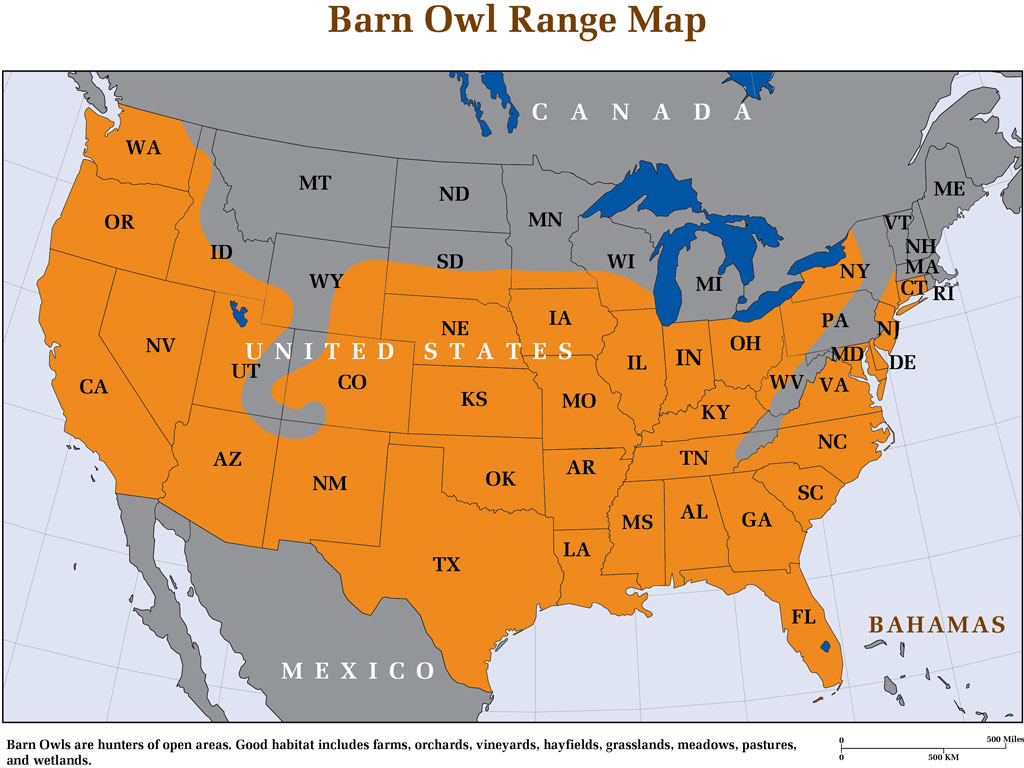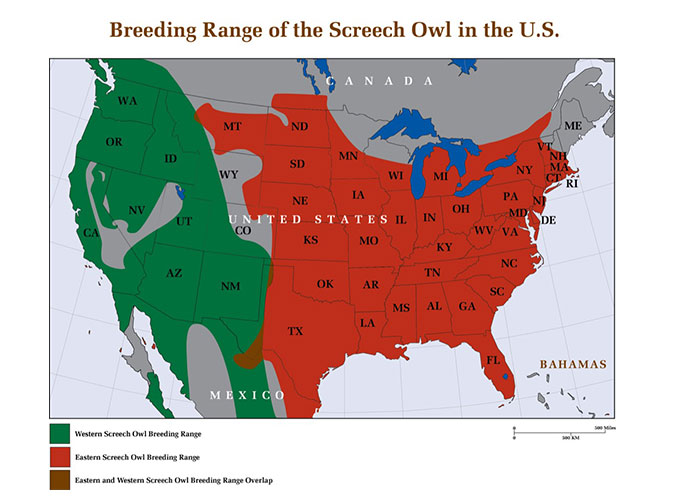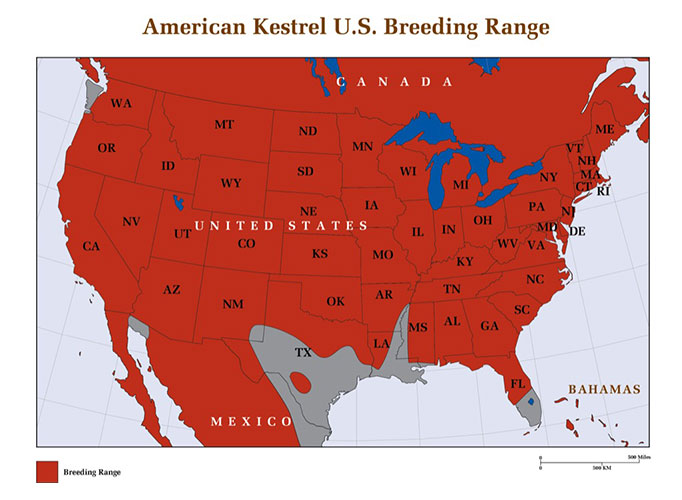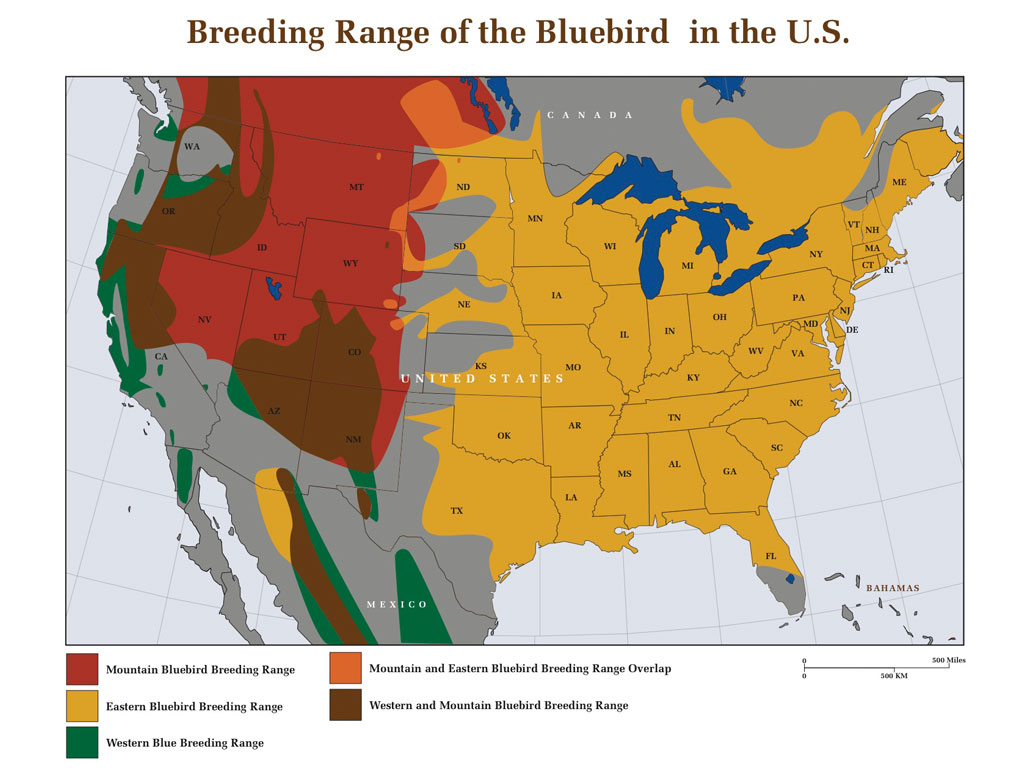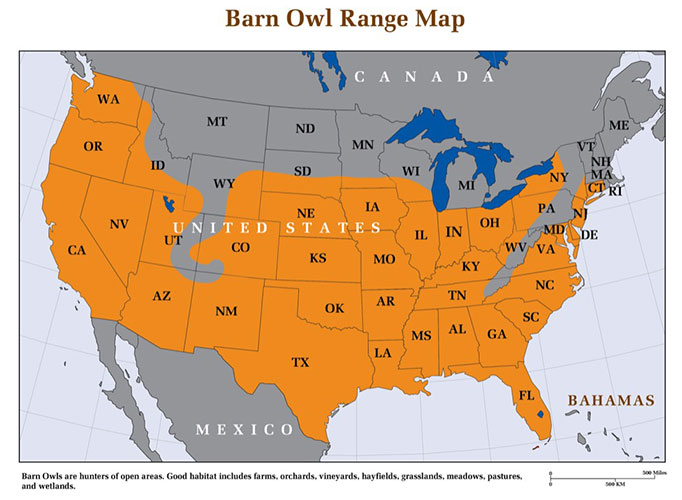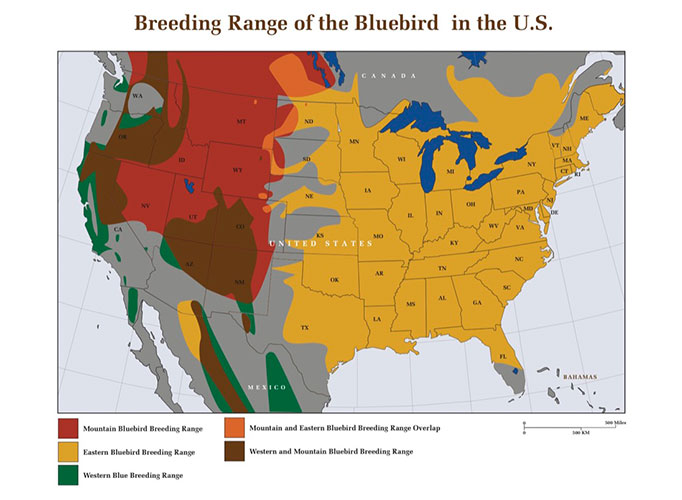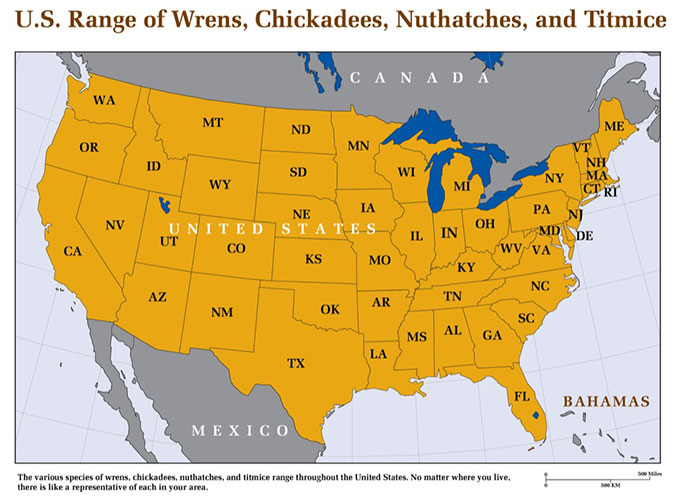Free Shipping to the Contiguous United States
Texas Barn Owls
The Barn Owl in Texas Texas Barn Owls Barn owl populations in Texas are excellent and the state is perfect for attracting barn owl families to private properties and establishing nest box programs in agriculture. Barn owls in Texas have been…

